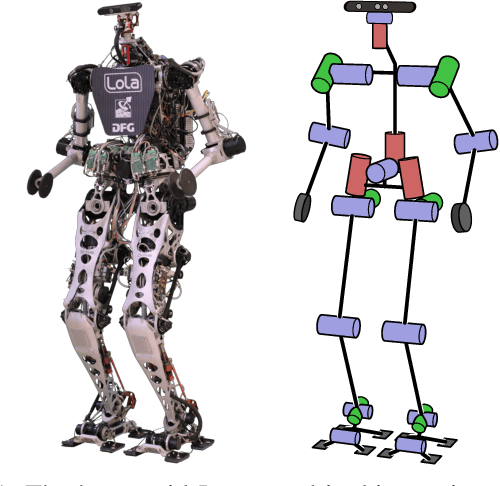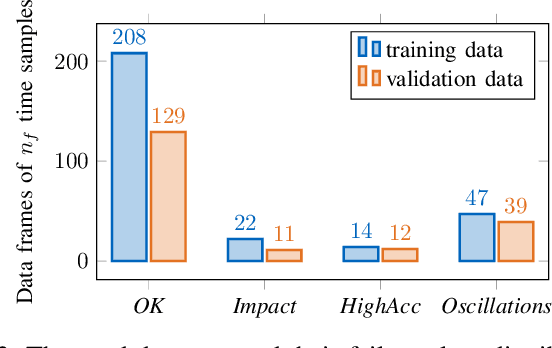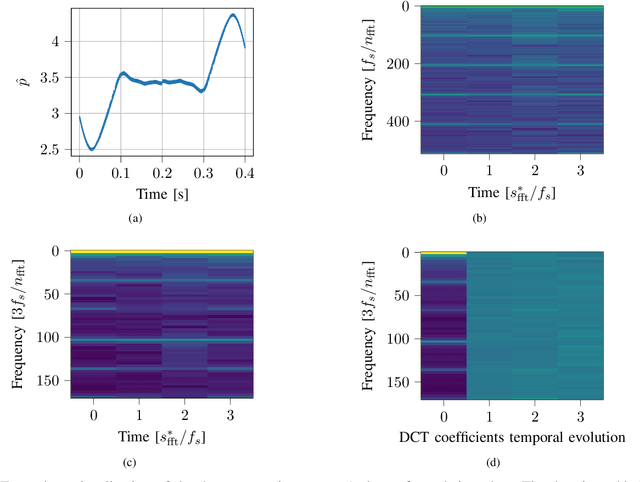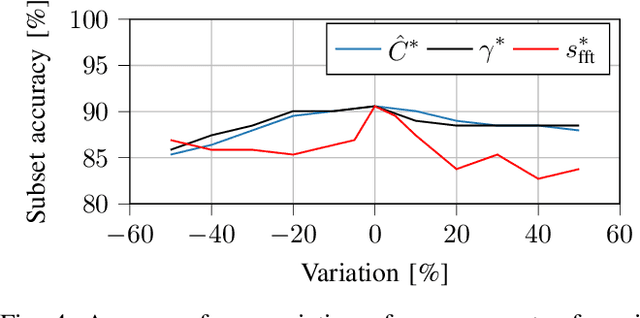Daniel Rixen
Centralized vs. Decoupled Dual-Arm Planning Taking into Account Path Quality
Jan 16, 2024Abstract:The aim of coordinated planning is to avoid robot-to-robot collisions in a multi-robot system, and there are two standard solution approaches: centralized planning and decoupled planning. Our first contribution is a decoupled planning approach that ensures C2-continuous control commands with zero velocities at the start and goal. We benchmark our decoupled approach with a centralized approach. Contrary to literature, we show that for a standard motion planning pipeline, such as the one used by MoveIt!, centralized planning is superior to decoupled planning in dual-arm manipulation: It has a lower computation time and a higher robustness. Our second contribution is an optimization that minimizes the rotational motion of an end-effector while considering obstacle avoidance. We derive the analytic gradients of this optimization problem, making the algorithm suitable for online motion planning. Our optimization extends an existing path quality improvement method. Integrating it into our decoupled approach overcomes its shortcomings and provides a motion planning pipeline that is robust at up to 99.9% with a planning time of less than 1s and that computes high-quality paths.
Energy-Aware Hierarchical Control of Joint Velocities
Dec 18, 2023Abstract:Nowadays, robots are applied in dynamic environments. For a robust operation, the motion planning module must consider other tasks besides reaching a specified pose: (self) collision avoidance, joint limit avoidance, keeping an advantageous configuration, etc. Each task demands different joint control commands, which may counteract each other. We present a hierarchical control that, depending on the robot and environment state, determines online a suitable priority among those tasks. Thereby, the control command of a lower-prioritized task never hinders the control command of a higher-prioritized task. We ensure smooth control signals also during priority rearrangement. Our hierarchical control computes reference joint velocities. However, the underlying concepts of hierarchical control differ when using joint accelerations or joint torques as control signals instead. So, as a further contribution, we provide a comprehensive discussion on how joint velocity control, joint acceleration control, and joint torque control differ in hierarchical task control. We validate our formulation in an experiment on hardware.
Learning the Noise of Failure: Intelligent System Tests for Robots
Feb 16, 2021



Abstract:Roboticists usually test new control software in simulation environments before evaluating its functionality on real-world robots. Simulations reduce the risk of damaging the hardware and can significantly increase the development process's efficiency in the form of automated system tests. However, many flaws in the software remain undetected in simulation data, revealing their harmful effects on the system only in time-consuming experiments. In reality, such irregularities are often easily recognized solely by the robot's airborne noise during operation. We propose a simulated noise estimate for the detection of failures in automated system tests of robots. The classification of flaws uses classical machine learning - a support vector machine - to identify different failure classes from the scalar noise estimate. The methodology is evaluated on simulation data from the humanoid robot LOLA. The approach yields high failure detection accuracy with a low false-positive rate, enabling its use for stricter automated system tests. Results indicate that a single trained model may work for different robots. The proposed technique is provided to the community in the form of the open-source tool NoisyTest, making it easy to test data from any robot. In a broader scope, the technique may empower real-world automated system tests without human evaluation of success or failure.
 Add to Chrome
Add to Chrome Add to Firefox
Add to Firefox Add to Edge
Add to Edge